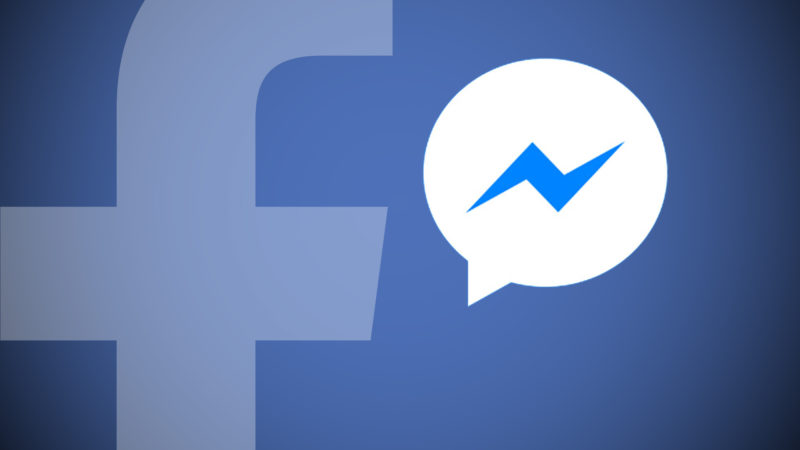Facebook spins off ‘messages’ as standalone ad objective to boost Messenger bots
Facebook aims to make businesses more aware of ways to make people more aware of their Messenger accounts.

Every month, 18 million businesses exchange more than 2 billion messages with people on Messenger, according to David Marcus, head of the Facebook-owned messaging service. That sounds like a lot, and it is. It’s 100 percent more messages than were exchanged a year ago, he said. Now, to spark more conversations between people and businesses, Facebook is making its option for businesses to buy ads to promote their Messenger accounts more apparent.
Advertisers using Facebook’s self-serve ad-buying tool, Ads Manager, can now set “messages” as their campaign objective, Marcus announced during an Advertising Week session in New York on Tuesday.
Brands can use the new objective for campaigns intended to get people to click on an ad and open a conversation with the brand’s account on Messenger. When brands select the “messages” objective, Facebook will try to serve their ads to the people most likely to communicate with the brand on Messenger, in the same way its “app installs” objective will aim ads at the people most likely to download a mobile app.
“We’re going to optimize that campaign for the most amount of conversations with the right target audience,” said Marcus.
On the surface, the move is somewhat minor. Previously, advertisers could effectively configure their campaign to drive traffic to their Messenger accounts by selecting the “traffic” objective and then specifying Messenger as the destination for that traffic.
But bringing the objective to the surface could have a major impact. According to an online survey conducted last year by Harris Poll, 78 percent of adults in the US are not aware that chatbots exist. Coinciding with that lack of awareness, businesses have struggled to make messaging the new alternative to email marketing. By displaying messages as a standalone objective on the initial page in Ads Manager’s ad-creation flow, Facebook may make advertisers more aware that they can use its “click to Messenger” ad option to make people more aware of their Messenger accounts, including their chatbots.
Facebook rolled out the option for ads on Facebook to link to brands’ Messenger accounts in September 2016. Then, in June 2017, it extended the option to ads running in Instagram’s main feed. A month later, it expanded its test of syndicating Facebook’s news-feed ads to Messenger’s inbox, which allows brands to run ads promoting their bots on Messenger’s home screen.
These “click to Messenger” ads can be single images or videos, gallery-like carousels of multiple photos or videos or Facebook’s slideshow format that stitches together photos to play like a video, though that last format cannot run on Instagram.
Contributing authors are invited to create content for MarTech and are chosen for their expertise and contribution to the martech community. Our contributors work under the oversight of the editorial staff and contributions are checked for quality and relevance to our readers. MarTech is owned by Semrush. Contributor was not asked to make any direct or indirect mentions of Semrush. The opinions they express are their own.
Related stories
New on MarTech